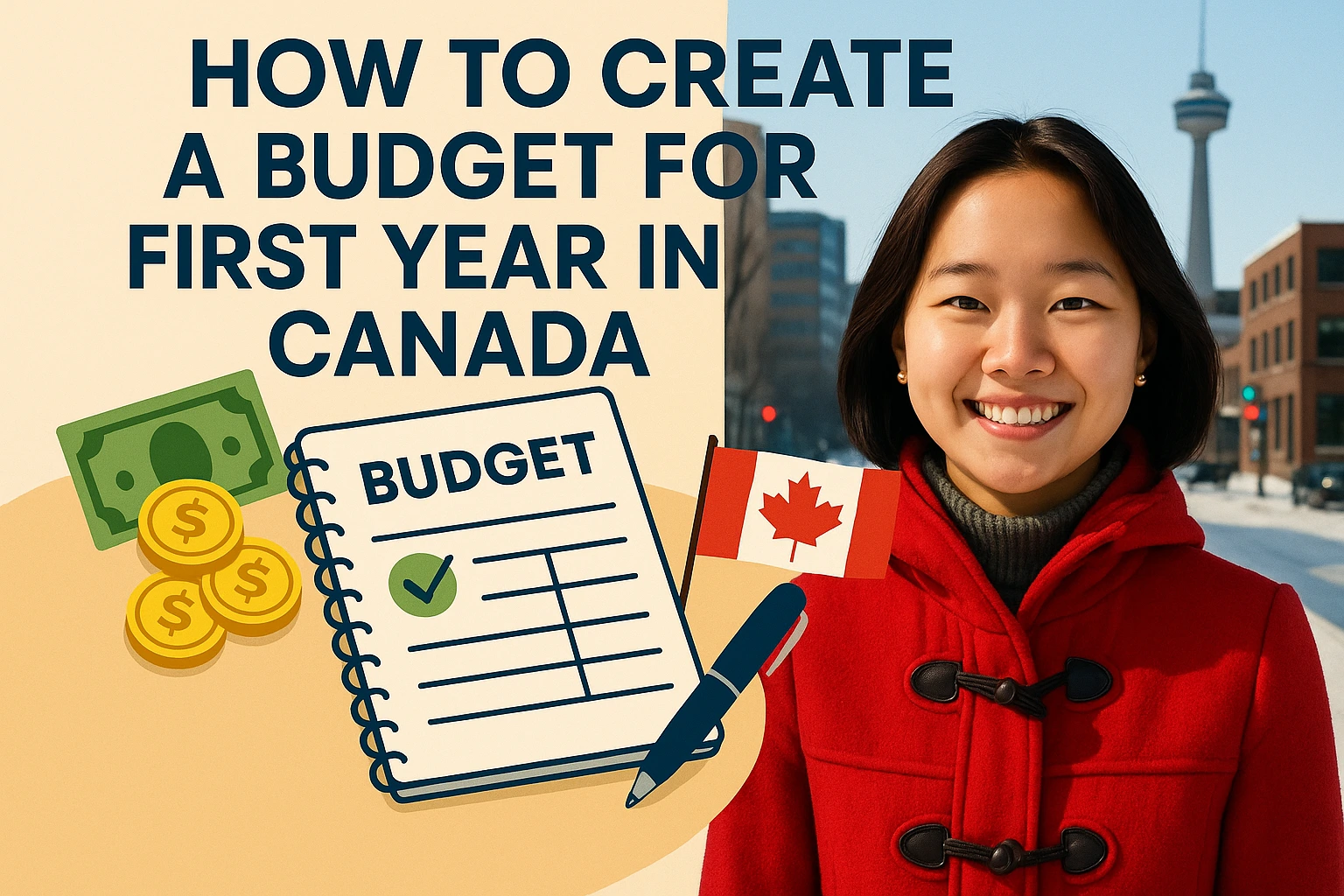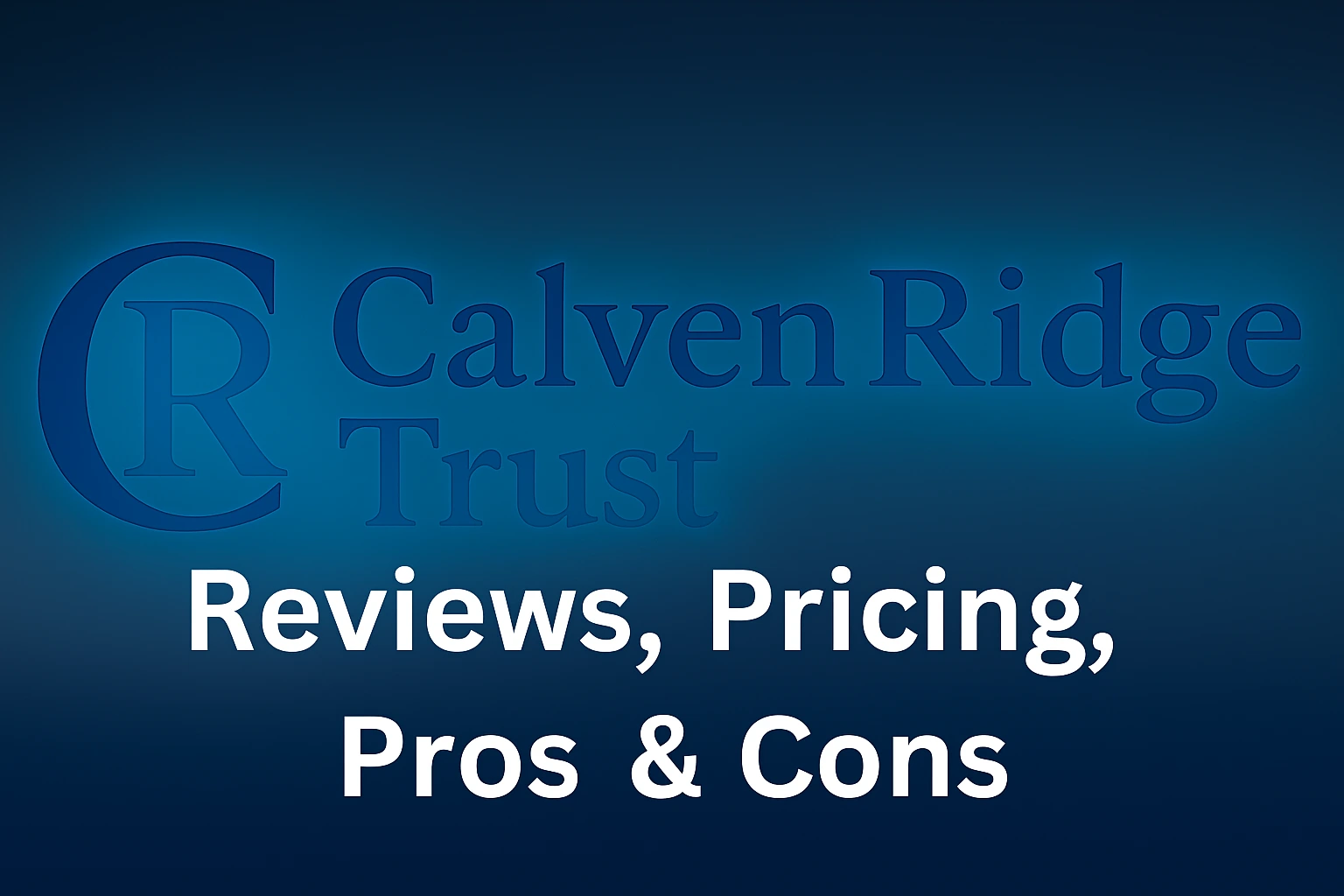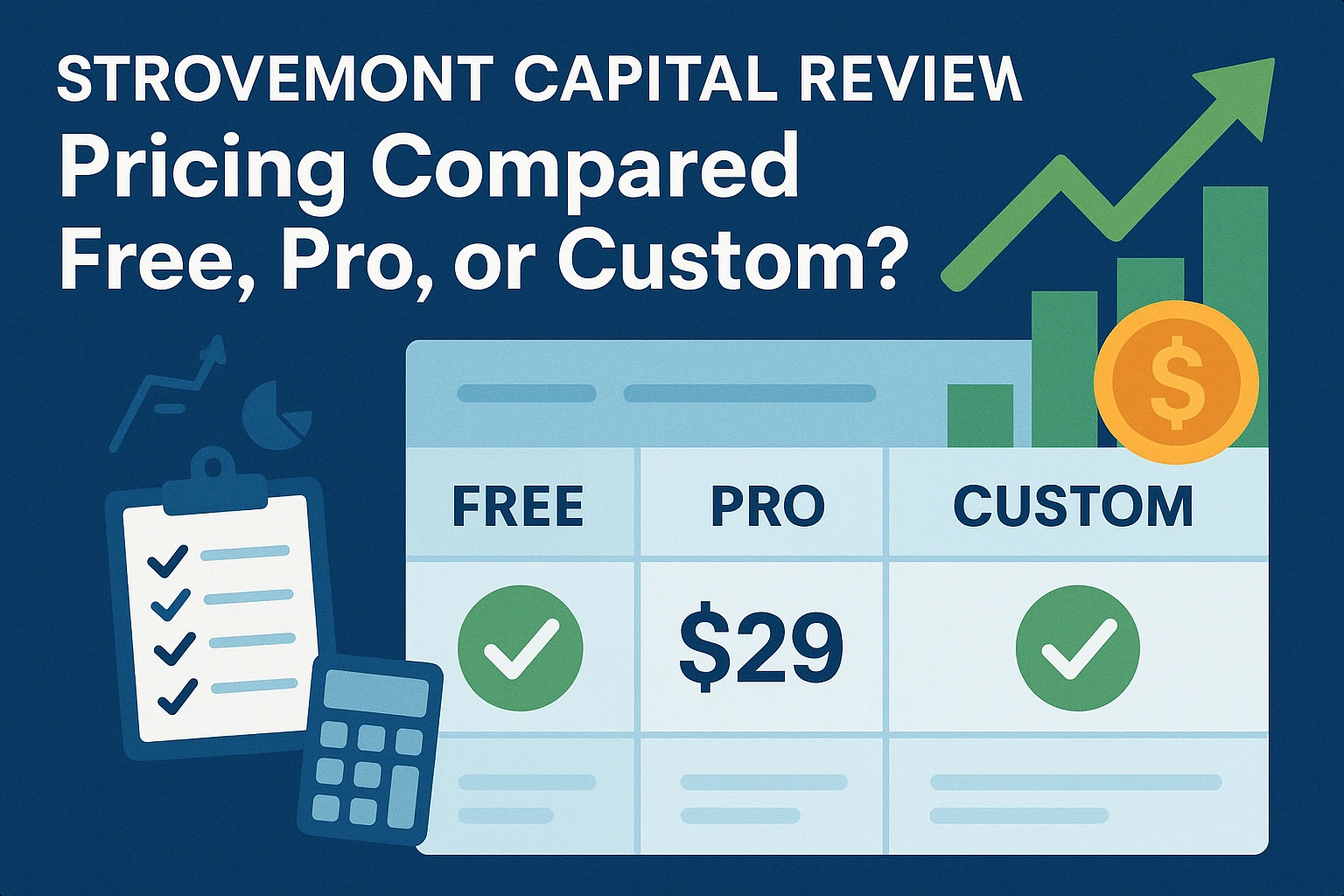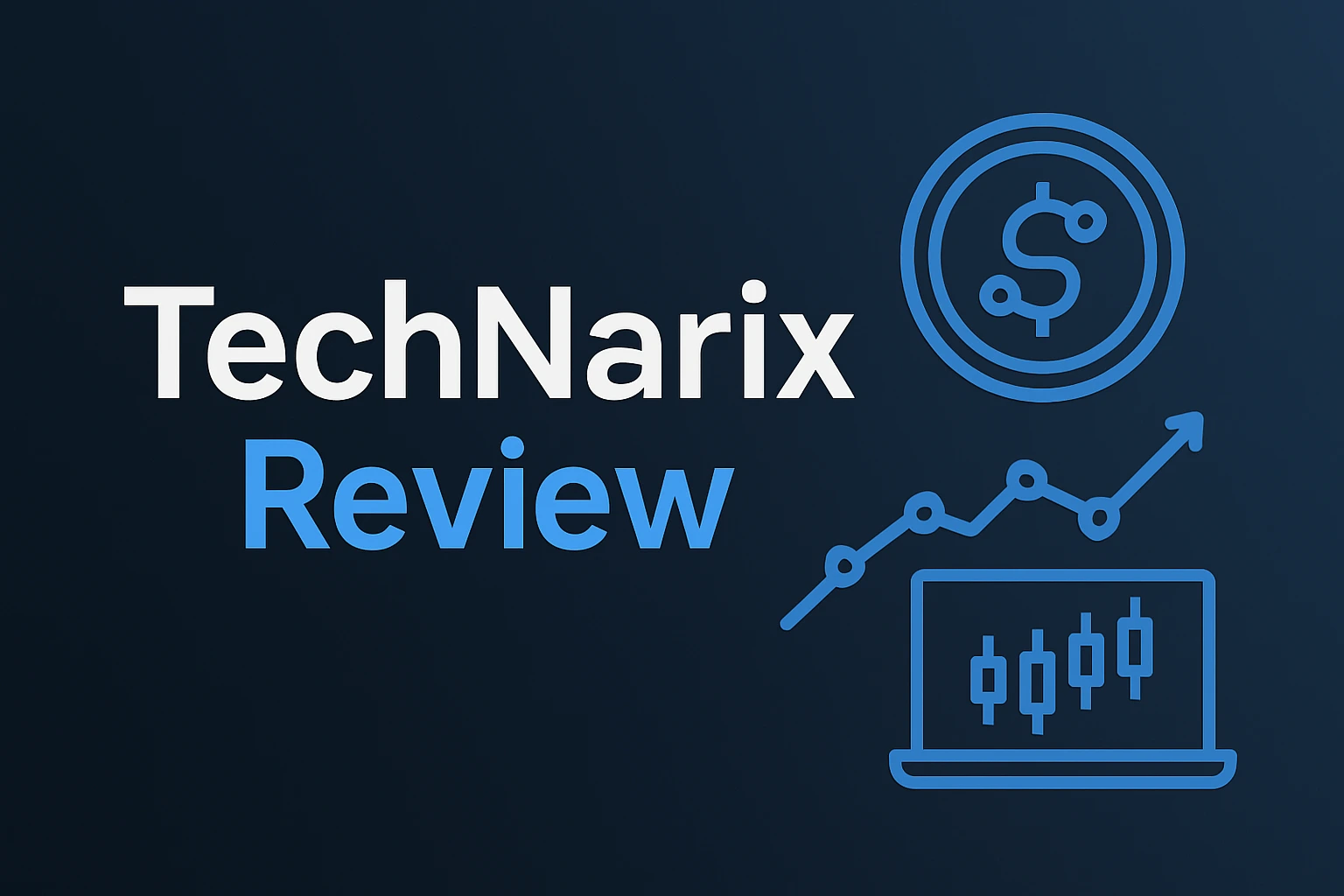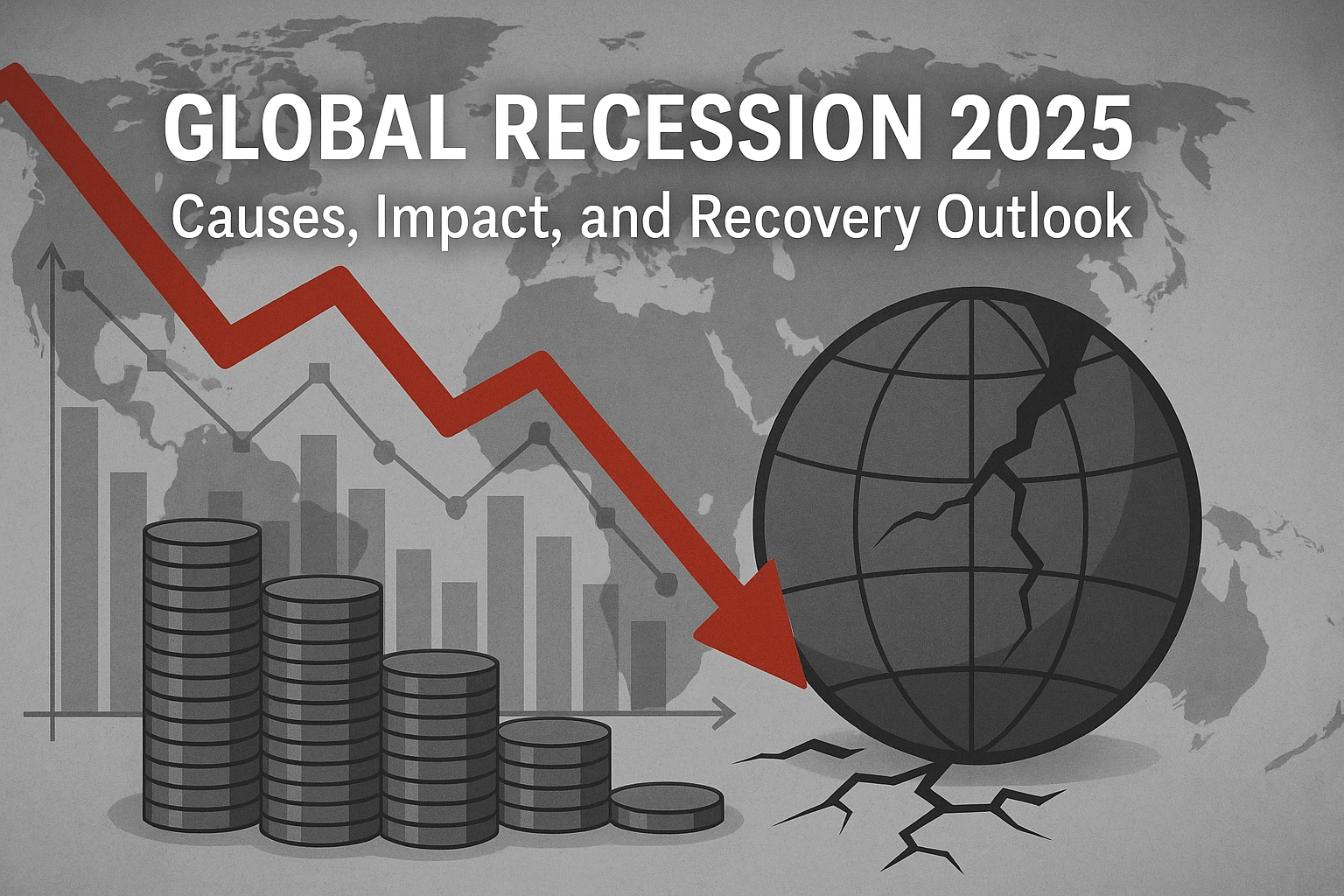Moving to Canada is an incredible opportunity, but let’s face it, the first year hits differently. Everything costs something, from that initial phone plan to winter boots you never thought you’d need. Your old budgeting strategies? They might not cut it here. The good news is that with the right approach, you can navigate those early months without financial stress keeping you up at night.
Creating your first Canadian budget isn’t just about crunching numbers. It’s about understanding a completely new financial ecosystem where everything from grocery shopping to banking works differently than what you might be used to.
Cost of Living: Getting Real About What Life Actually Costs
Before you start allocating dollars, you need to grasp what living in Canada actually costs. On average, a single person can expect to spend between CAD $2,500 and $3,500 per month, including rent, food, transportation, and other essentials. But this range tells only part of the story.
Location changes everything. Toronto and Vancouver will stretch your budget considerably more than smaller cities.
The average cost of living for a single person is between 3,500-4000, and a family of four is between 7,400-8,050 – Pacific Prime.
Meanwhile, cities like Halifax or Winnipeg offer more breathing room for newcomers building their financial foundation.
Your housing situation alone can swing your monthly expenses by thousands. Rent in downtown Toronto for a one-bedroom apartment might eat up $2,500 of your budget, while the same space in Edmonton could cost $1,200. Factor in utilities, internet, and renters insurance, and housing often becomes your largest expense category.
Food costs surprise many newcomers. In Ontario, monthly food costs are estimated at about $445 per person, or about $5,340 per year. This assumes you’re cooking most meals at home and shopping strategically. Dining out, especially in major cities, can quickly blow through discretionary income.
Transportation varies wildly depending on where you settle. Major cities offer excellent public transit systems that cost $150-200 monthly for unlimited access. If you’re buying a car, budget for insurance (which can shock newcomers with its high premiums), gas, parking, and maintenance.
Building Your Emergency Fund First
Here’s where newcomers often stumble, they focus on monthly budgets before securing their safety net. Your emergency fund should be priority number one, not something you’ll “get to eventually.”
For reference, here’s what a ballpark six month emergency fund looks like on average in Canada in 2024: Emergency fund for a single person: $17,100 (with rent of $1,400 monthly) Emergency fund for a family of four: $44,500 (with rent of $2,200 monthly)
Those numbers might feel overwhelming initially. Start smaller if needed, even $1,000 provides crucial breathing room for unexpected expenses like medical bills or urgent car repairs. Build this fund before you start investing or making large purchases.
Keep your emergency fund in a high-interest savings account, separate from your daily banking. Many Canadian banks offer promotional rates for newcomers, making this an ideal place to park your safety net while it grows.
The Hidden Costs Nobody Mentions
Every newcomer budget guide covers the obvious expenses, but several costs catch people off-guard. Winter clothing isn’t optional, a decent winter coat, boots, and accessories can easily cost $500-800. Budget for this during your first fall, well before the snow flies.
Setting up your new life involves numerous one-time costs. Security deposits for apartments, activation fees for utilities, and connection charges for internet add up quickly. Budget at least $1,500-2,500 for these initial setup costs.
Healthcare might be “free,” but it’s not immediate. Many provinces have waiting periods before coverage kicks in, and some services aren’t covered. Dental work, prescription glasses, and medications can create significant expenses. Consider temporary health insurance for your first few months.
Professional credentials often need evaluation or upgrading to meet Canadian standards. This process can cost thousands and take months. Factor these costs into your career planning and budget accordingly.
Creating Your Monthly Budget Framework
Start with the 50/30/20 rule as your foundation, then adjust for Canadian realities. Allocate 50% of your after-tax income to needs, 30% to wants, and 20% to savings and debt payments.
Your “needs” category in Canada should include housing, food, transportation, basic phone plan, insurance, and minimum debt payments. If these essentials exceed 50% of your income, you’ll need to make adjustments, either increase income or find ways to reduce fixed costs.
The “wants” category covers entertainment, dining out, hobbies, and non-essential shopping. This flexibility becomes crucial during your adjustment period. Some months you’ll spend more on exploration and social activities as you build your new life.
That 20% for savings and debt payments? Split it strategically. If you have high-interest debt from your move, prioritize paying it down quickly. Once that’s handled, focus on building your emergency fund, then start thinking about longer-term savings goals.
Track every expense for your first three months. This might feel tedious, but it’s the only way to understand your actual spending patterns in a new country. Use apps like Mint or YNAB, or simply track in a spreadsheet.
Adapting Your Budget as You Settle
Your first-year budget will evolve dramatically as you adjust to Canadian life. Month one looks nothing like month twelve. Embrace this flexibility rather than fighting it.
Early months often see higher expenses as you establish yourself. You’re buying furniture, exploring your new city, and probably eating out more while you figure out grocery shopping. Build extra cushion into these early budgets.
As you settle in, certain costs decrease while others emerge. You’ll become more efficient at grocery shopping and cooking, reducing food costs. But you might start investing in professional development or saving for bigger goals like a car or home down payment.
Review and adjust your budget every three months during your first year. Track which categories consistently run over or under budget, then reallocate accordingly. What matters most is creating a system that works for your actual life, not a theoretical ideal.
Winter brings unique expenses that catch many newcomers unprepared. Heating bills spike, you might need different transportation options, and cabin fever can lead to increased spending on indoor activities. Plan for these seasonal variations.
Making Your Money Work Harder
Once your budget is stable, focus on optimization. Canadian banks offer various account types and credit products designed for newcomers. Take advantage of promotional rates and fee waivers during your first year.
Build your credit history immediately. Apply for a secured credit card if necessary, and use it responsibly to establish your Canadian credit profile. This foundation becomes crucial when you’re ready to rent better apartments, get phone plans, or eventually buy a home.
Consider the tax implications of your budgeting decisions.
For example, if you arrived in 2024, you will not be required to file a 2024 income tax return until April 30, 2025. – Moving2Canada.
Understanding Canadian tax benefits and credits can significantly impact your available income.
Explore government benefits you might qualify for as a newcomer. GST/HST credits, provincial tax credits, and other programs can provide meaningful support during your first year.
Your first year in Canada is about more than just surviving financially, it’s about building the foundation for long-term prosperity. A thoughtful budget gives you the freedom to explore opportunities, take calculated risks, and truly invest in building your Canadian life.
The numbers will feel overwhelming at first. Every newcomer experiences sticker shock at Canadian prices, from cell phone plans to car insurance. But remember that Canadian salaries, benefits, and opportunities often offset these higher costs. Your budget should reflect not just survival, but the life you want to build in your new home.
Start with the basics, track ruthlessly for the first few months, and adjust as you learn. Most importantly, don’t let perfect be the enemy of good. A rough budget you actually follow beats a perfect spreadsheet that sits ignored. Your financial success in Canada begins with that first month of intentional spending and grows from there.
